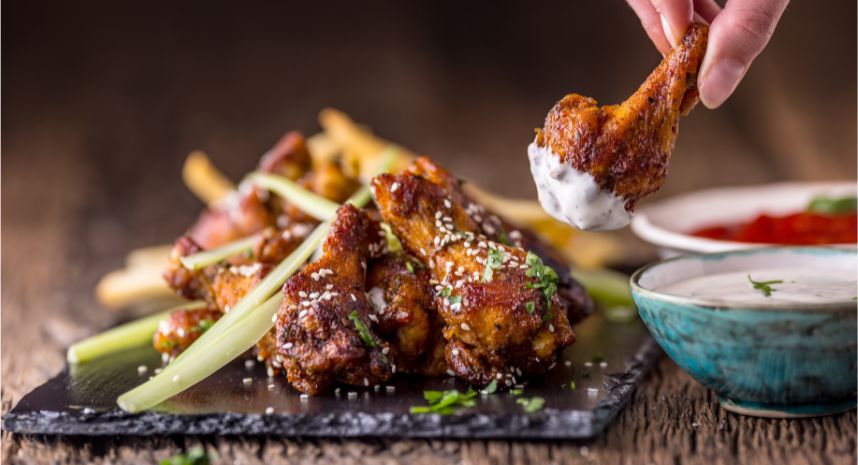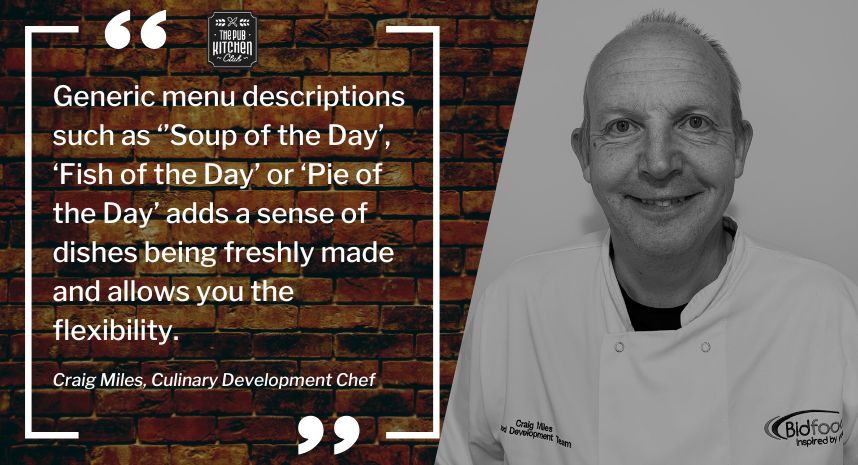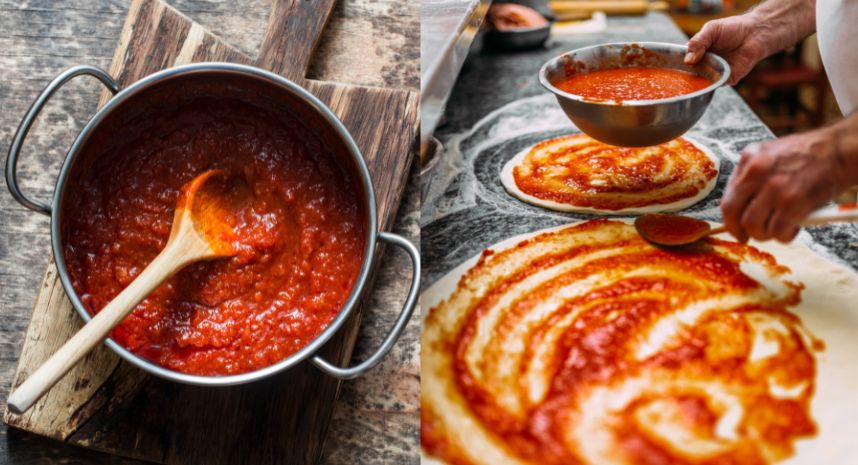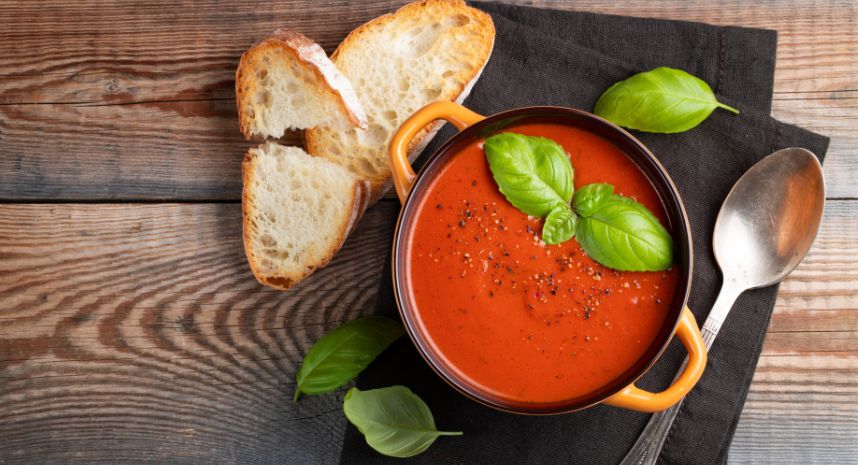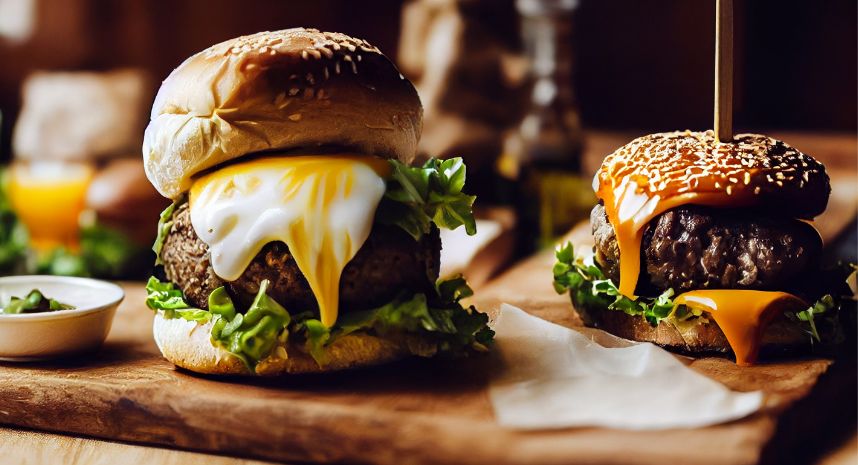Streamline your pub menu
Quality of food and drink is still a primary driver on where consumers will eat so streamlining your menu allows you to really focus on quality and what your pubs are known for. It is key not to steer away from that, but to embrace it and look to create menus that deliver a truly memorable experience.
Consider the presentation of your dishes carefully, as simple changes in the way dishes are displayed can help drive a perception of higher quality.
Small changes such as selecting the right tableware to showcase dishes, for example nachos or chips in metal cups, and sauces in ramekin dishes, can help improve the quality feel of a dish as well as support with portion control and driving a more premium price point.










